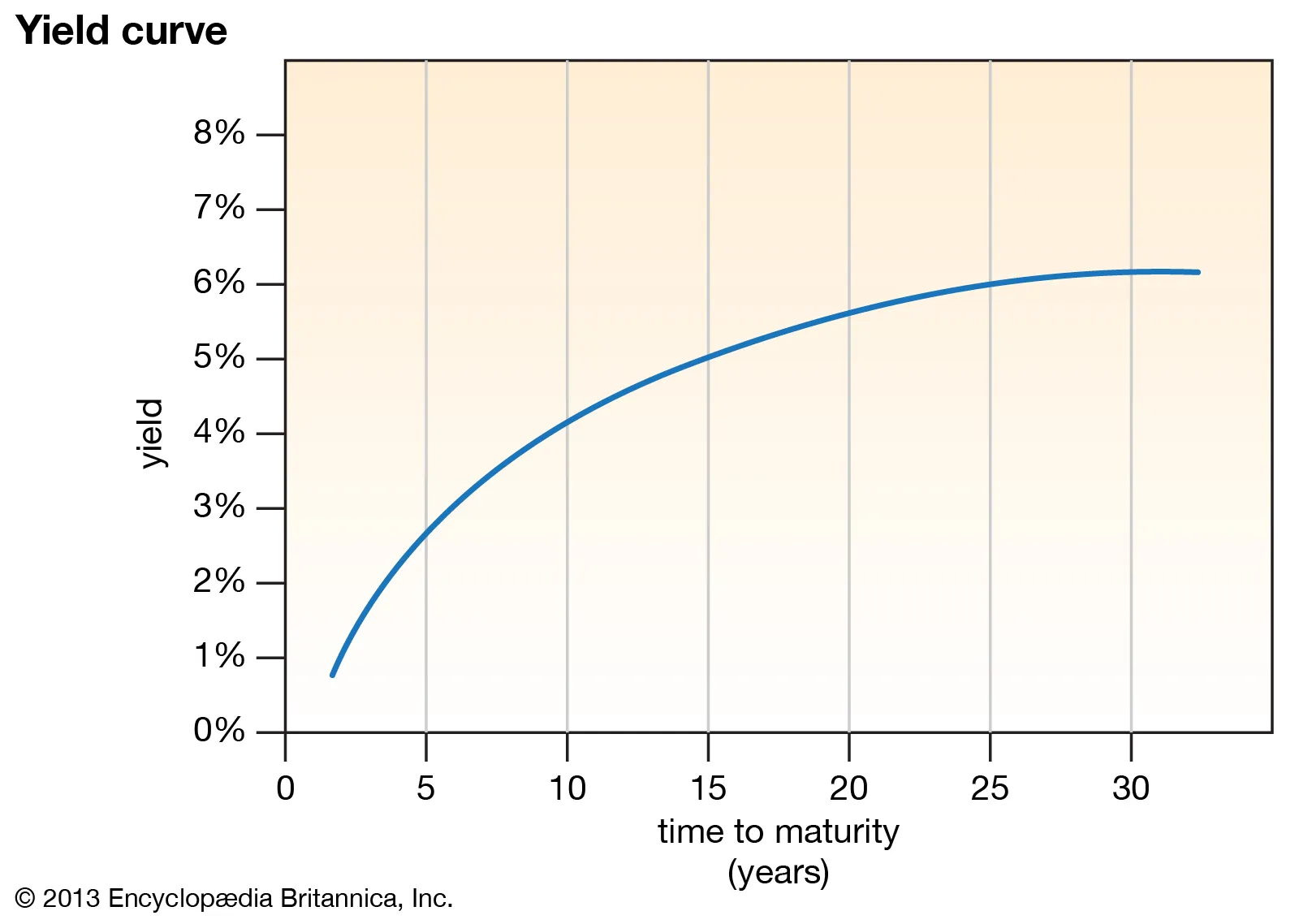The yield curve is a graphical representation of the yield (returns) of a specific instrument compared to other instruments over a period of time. For example, a 10-year bond might have a higher yield compared to a 1-year bond. The graphical representation is typically a line graph or scatter plot, which will indicate the yield changes over time.
In investing, the yield curve is used to analyze and predict the current and future state of the economy. There are three different types of yield curves that investors use: normal, inverted, and flat.
A normal yield curve is one that slopes upwards, indicating that longer-term debt instruments have higher rates of interest than short-term debt instruments. It suggests that the economy is doing well, and lenders are expecting higher returns for their investments.
An inverted yield curve is one that slopes downwards, indicating that short-term debt instruments have higher rates of interest than long-term debt instruments. It suggests that the economy is not doing well, and lenders are expecting lower returns for their investments.
A flat yield curve is one that is relatively flat, with little to no slope. It suggests that the economy is stable, and lenders are expecting similar returns for their investments.
In computing, the yield curve has been used in algorithmic trading and quantitative finance. Yield curve analysis is used to develop trading strategies that take advantage of changes in the yield curve over time. For example, a trader might buy a longer-term bond if the yield curve is sloping upwards, and sell a shorter-term bond if the yield curve is sloping downwards.






